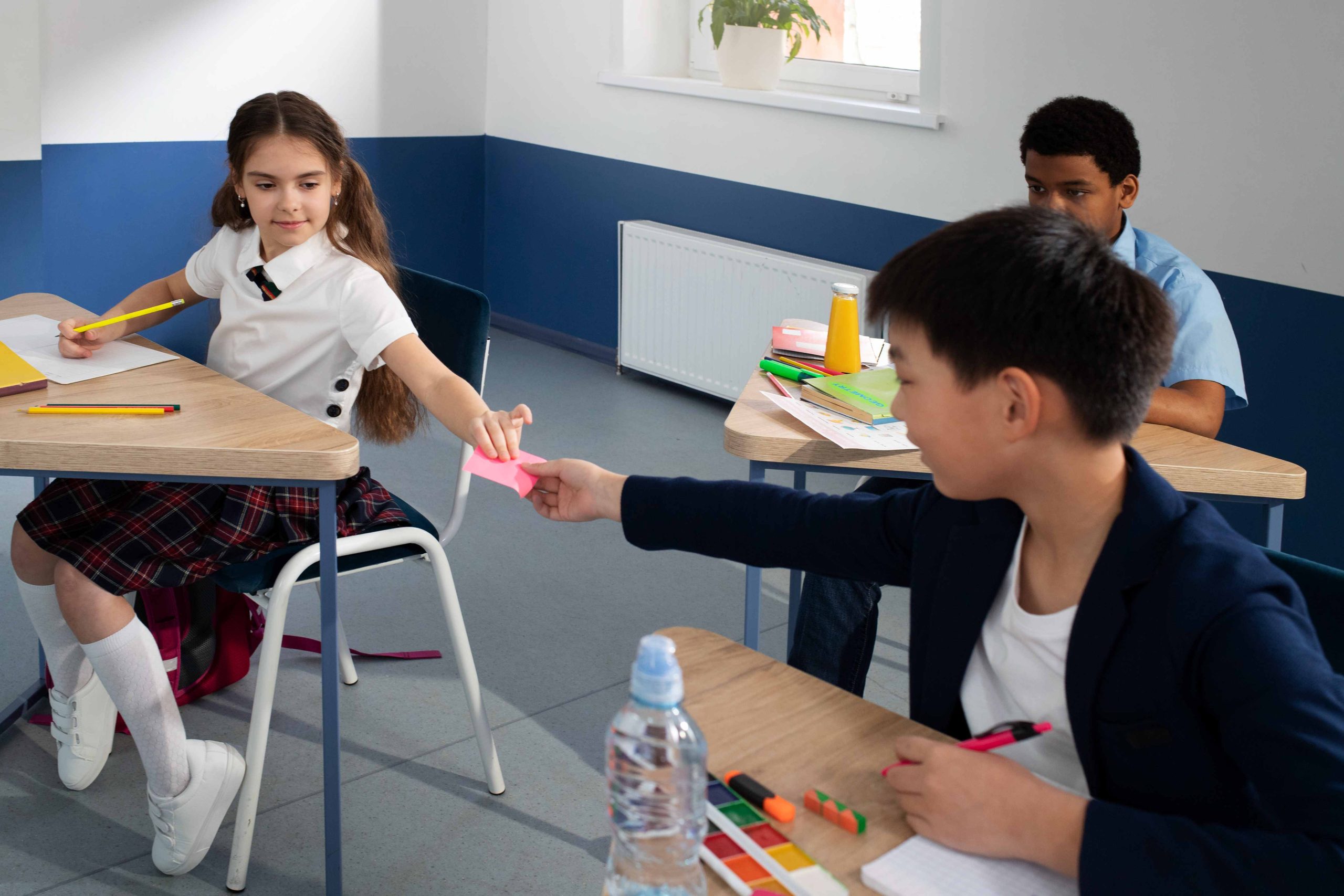
Designing the Optimal Preschool Classroom: Creating an Ideal Learning Environment
Designing a preschool classroom requires thoughtful consideration to create an environment that fosters learning, collaboration, and safety. Here, we delve into six crucial factors to contemplate when crafting the perfect classroom layout for young learners.
1. Prioritize Safety
Ensuring the safety of preschoolers is paramount. Carefully arrange furniture, equipment, and design elements to eliminate potential hazards such as trip hazards and sharp edges. Provide ample space for children to move freely and engage in activities without risk of injury.
2. Foster Comfort and Collaboration
Creating a welcoming and comfortable space is key to promoting cooperation and social interaction among students. Arrange furnishings appropriately to facilitate group work and interaction while catering to individual needs.
3. Promote Inclusivity and Accessibility
Design the classroom to be inclusive and accessible to all students, regardless of their abilities. Consider diverse needs such as sensory sensitivities or mobility challenges, ensuring the layout allows for independent exploration.
4. Provide Ample Storage Solutions
Ensure there is sufficient storage for toys, books, and educational materials to maintain an organized and clutter-free environment. Incorporate a variety of storage options such as cubbies, shelves, and cabinets to accommodate different items and ensure easy access for students and teachers.
5. Establish Clearly Defined Learning Zones
Create designated areas for various learning activities, such as quiet study, active play, and creative arts. Equip each zone appropriately with furniture and supplies, fostering engagement and facilitating diverse learning experiences.
6. Maximize Natural Light and Ventilation
Maximize natural light and ensure proper ventilation to create a bright, airy, and stimulating environment. Large windows and skylights enhance mood and energy levels, while adequate ventilation contributes to students’ overall well-being and cognitive performance.
In conclusion, designing the ideal preschool classroom requires meticulous attention to detail and consideration of various factors to promote learning, safety, and inclusivity. By prioritizing safety, comfort, collaboration, inclusivity, accessibility, storage, zoning, natural light, and ventilation, educators can create a nurturing environment that supports the holistic development of young learners.
Furthermore, ongoing evaluation and adaptation of the classroom layout are essential to meet the evolving needs and preferences of students. By involving stakeholders in the design process and remaining responsive to feedback, educators can ensure that the classroom remains conducive to learning and fosters a lifelong love of learning in preschoolers.


